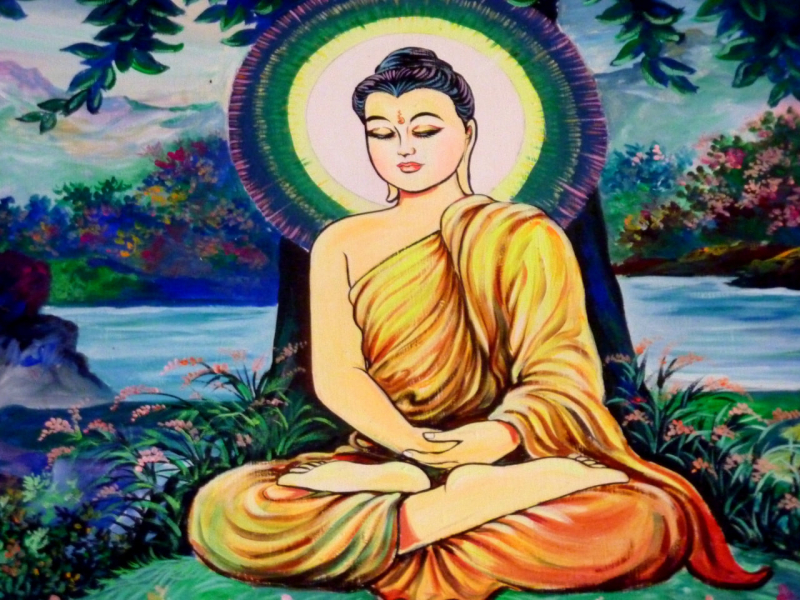Joy (Piti)

Piti, known as "joy" in the Pali language, emerges as a pivotal mental facet within Buddhist teachings, notably in meditation and pursuing enlightenment. Piti represents a profound and exuberant sense of delight, happiness, and joy that arises during the course of practice. This isn't a transient and fleeting pleasure but a deep and wholesome inner contentment and bliss.
Piti assumes both a physical and mental presence. On a physical level, it might manifest as tingling sensations, warmth, or even a palpable surge of energy coursing through the body. Mentally, it manifests as an elevated state of happiness and joy. Joy exists on a spectrum, ranging from subtle contentment to more intense and euphoric experiences.
Its role as a potent motivator for practice is particularly pronounced. The encounter with joy elevates the appeal and gratification of meditation and spiritual devotion, providing practitioners with the impetus to persist. Moreover, the joyful experience reinforces the conviction that the journey toward enlightenment yields immense benefits, fueling enthusiasm and unwavering dedication.
Furthermore, the physical sensations of joy establish a harmonious connection between mind and body, fostering vitality and overall well-being. However, it's paramount not to succumb to attachment to joy. Clinging to satisfaction can spark a craving that obstructs the cultivation of profound meditative states. Advanced practitioners cultivate equanimity, allowing joy to arise and subside without becoming entangled in attachment.








